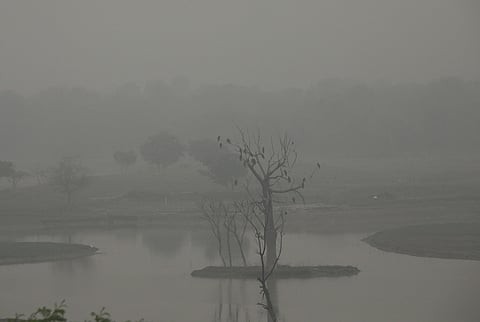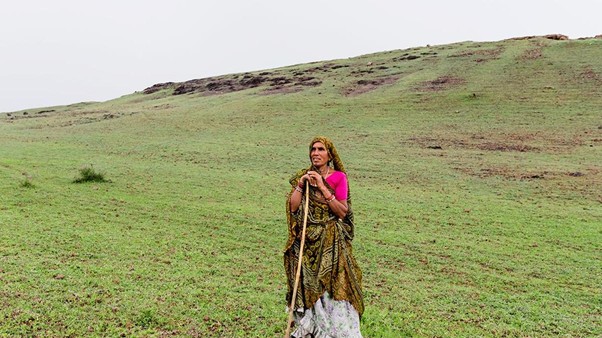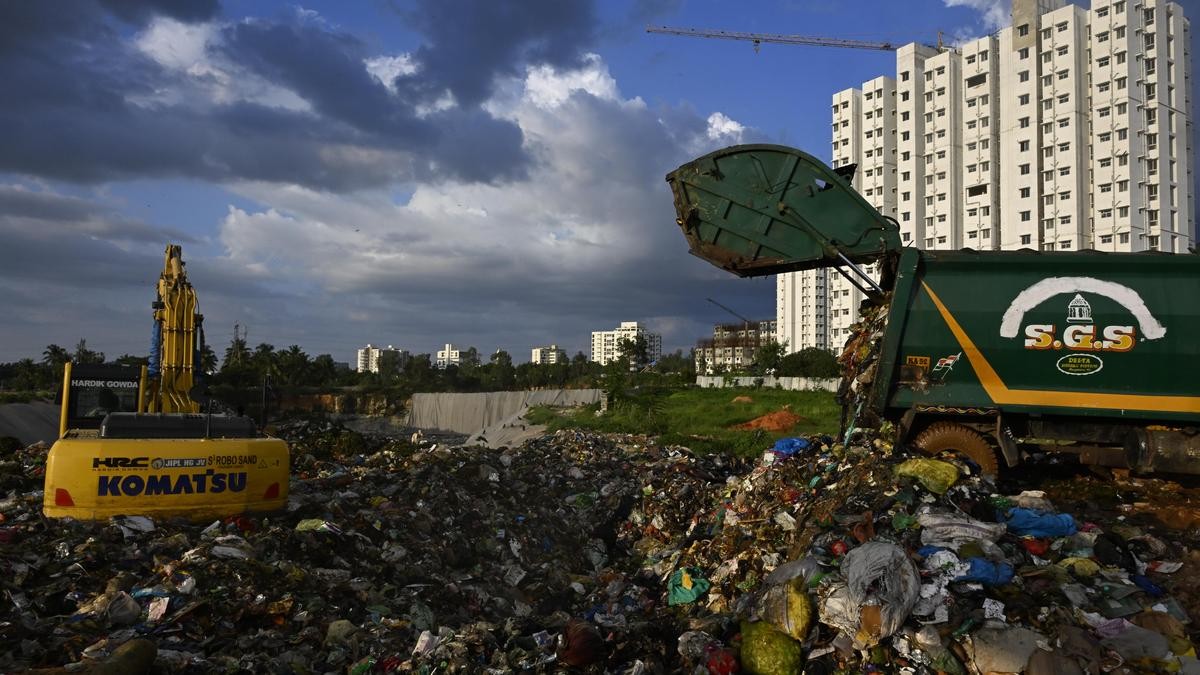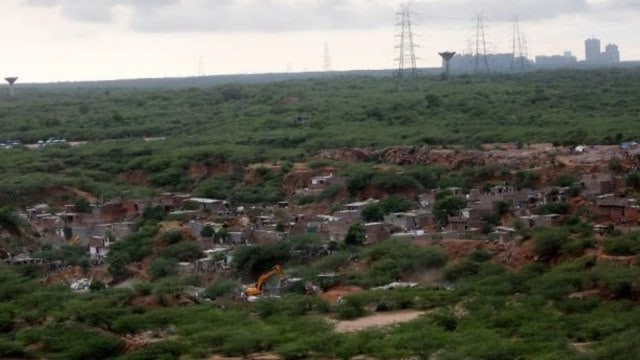




Disclaimer: Copyright infringement not intended
Recently, There have been concerns over the state's proposal to build a tribal village near the Brahmagiri Wildlife Sanctuary.
According to the plan, the village will be built in the buffer zone, about 100 metres from the sanctuary. This will increase man-animal wildlife conflicts.

|
Location |
It is situated in the Western Ghats in the Kodagu district, Karnataka. |
|
|
Area |
It covers an area of 181 sq. km. |
|
|
Highest Point |
Brahmagiri Peak (1607 meters) is the highest point in the sanctuary. |
|
|
Rivers |
The Lakshmana Tirtha River (origin in the sanctuary) is tributary of the Cauvery River. |
|
|
Flora |
The sanctuary is home to evergreen & semi-evergreen forests, shoal forest in grasslands & bamboo groves. |
|
|
Surroundings |
The sanctuary is bordered by coffee & cardamom plantations. |
|
|
Fauna |
Endangered species: Lion-tailed macaque, which is rare and requires conservation efforts. Other mammals: Tigers, elephants, bonnet macaques, common langurs, barking deer, mouse deer, and Malabar giant squirrel. Additional species: Giant flying squirrel and Indian Gaur also found in the sanctuary, enriching its wildlife diversity. |
|
Source: DH
|
PRACTICE QUESTION Q. Consider the following statements about conservation zones:
Which of the statements given above is/are correct? Answer: (a) 1, 2, and 3 only Explanation: ● Statement 1 is correct: The core zone is the most protected area where human activities are restricted to research only. ● Statement 2 is correct: The buffer zone allows controlled human activities like ecotourism & farming, to minimise their impact on the core zone. ● Statement 3 is correct: The transitional zone is where human activities like farming & settlements are more common. It acts as a buffer between protected areas & human spaces. ● Statement 4 is incorrect: The Brahmagiri Wildlife Sanctuary is located in the Western Ghats, not the in Eastern Ghats. |







© 2025 iasgyan. All right reserved